THE ALPS
THE DAIRY OF ENDURING LOVE


Rezka Mali has been making cheese on an Alpine plateau for decades.
At the age of 92, she is keeping alive a centuries-old tradition of using sour milk to make Trnič cheese by hand.
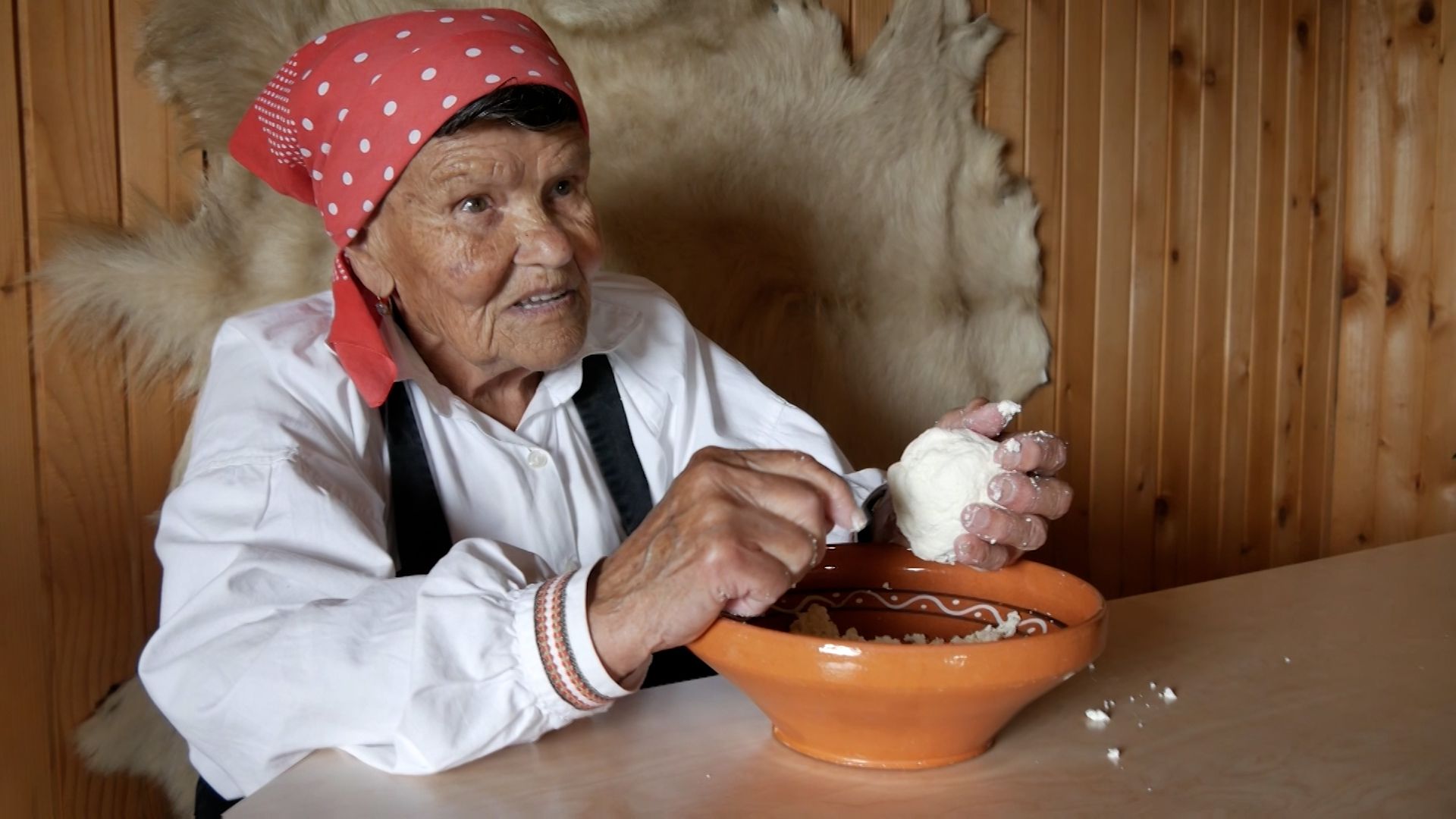
The veteran herdswoman is also ensuring the know-how will live on by passing her skills to the younger generation. In doing so she is repeating the lessons she learnt from a survivor of the Nazi invasion, who saw the settlement burned down by occupying troops during World War II.
Only cattle grazed on the rich fodder of lush Alpine pastures can produce milk of a strong enough flavor to make the distinctive cheese. And it takes patience and skill to follow the traditional recipe.
This story is part of CGTN Europe's series The Alps: Timeless and changing
The clear air and the mountain grass gives the cheese a taste distinct from that produced from cattle grazing in the valleys below
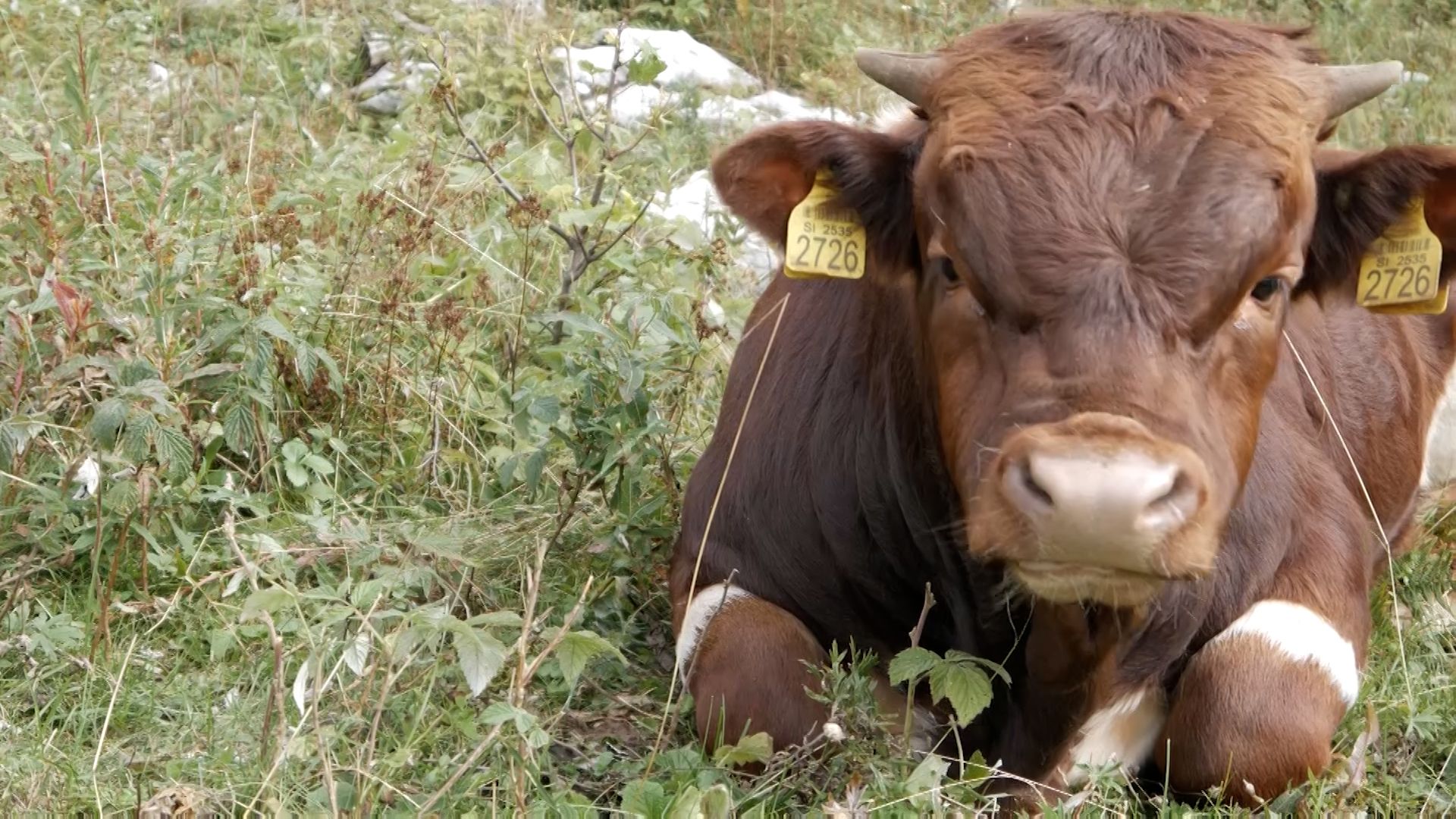
Until the mid-18th century, these cheeses were generally made from naturally soured milk – no rennet was added to make it curdle, instead the process was left to bacteria in the air.
The distinctive and rather sour end result was feted as the epitome of Alpine cheese culture.
But this method of cheese-making, which was thought to have been invented by nomadic peoples in the early Middle Ages, has been gradually disappearing as tastes and production methods change.
However, on the stunning Slovenian plateau of Velika Planina, an old-style product called Trnič cheese is still being produced -thanks largely to Rezka Mali.
Despite being in her 90s she still makes the trip up the mountain to live in a shepherd hut each summer, watching over the cows and making the cheese the same way she has for decades.
It is a skill she has shared with some of the younger generation, although as Zan Potocnik has found, it is not as easy as Mali makes it look.
The result at the end of the process is a dry cheese, which is described as having a similar consistency to parmesan.
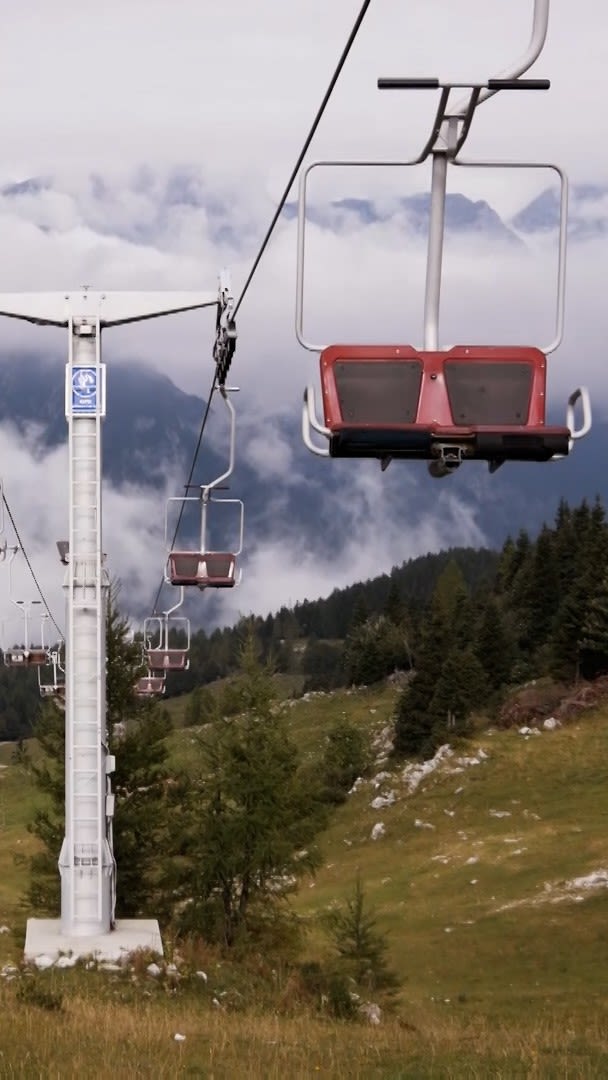
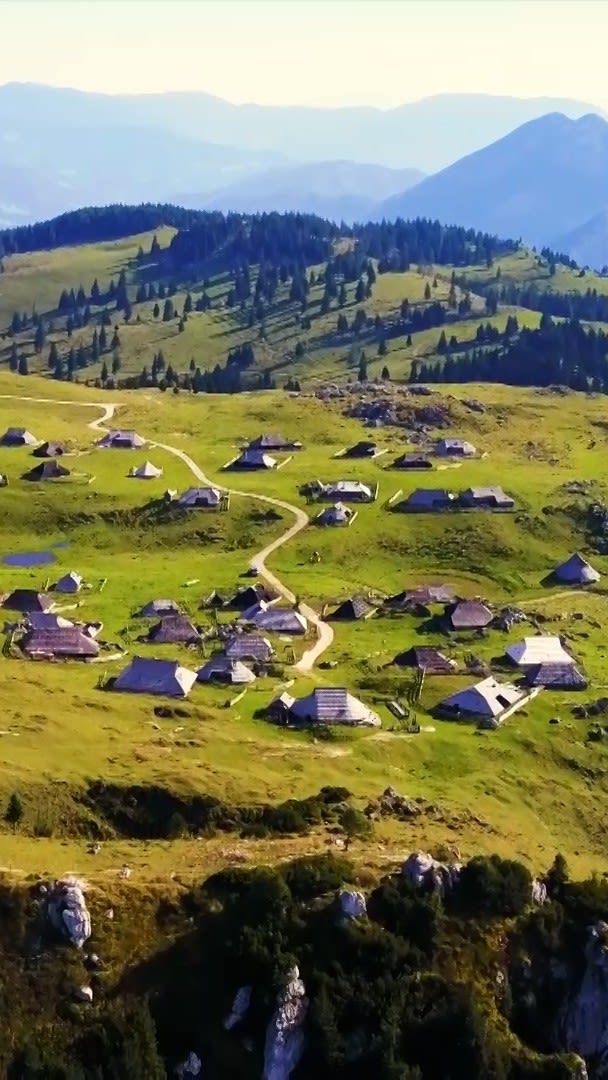
Until the mid-18th century, these cheeses were generally made from sour milk – no rennet was added to make it curdle, instead it was allowed to turn sour and finally curdle itself.
The distinctive and rather sour end result was feted as the epitome of Alpine cheese culture.
But this method of cheese-making, which was thought to have been invented by nomadic peoples in the early Middle Ages, has been gradually disappearing as tastes and production methods change.
However, on the stunning Slovenian plateau of Velika Planina, an old-style product called Trnič cheese is still being produced - thanks largely to Rezka Mali.
Despite being in her 90s she still makes the trip up the mountain to live in a shepherd hut each summer, watching over the cows and making the cheese the same way she has for decades.
It is a skill she has shared with some of the younger generation, although as Zan Potocnik has found, it is not as easy as Mali makes it look.
The result at the end of the process, is a dry cheese, which is described as having a similar consistency to parmesan.
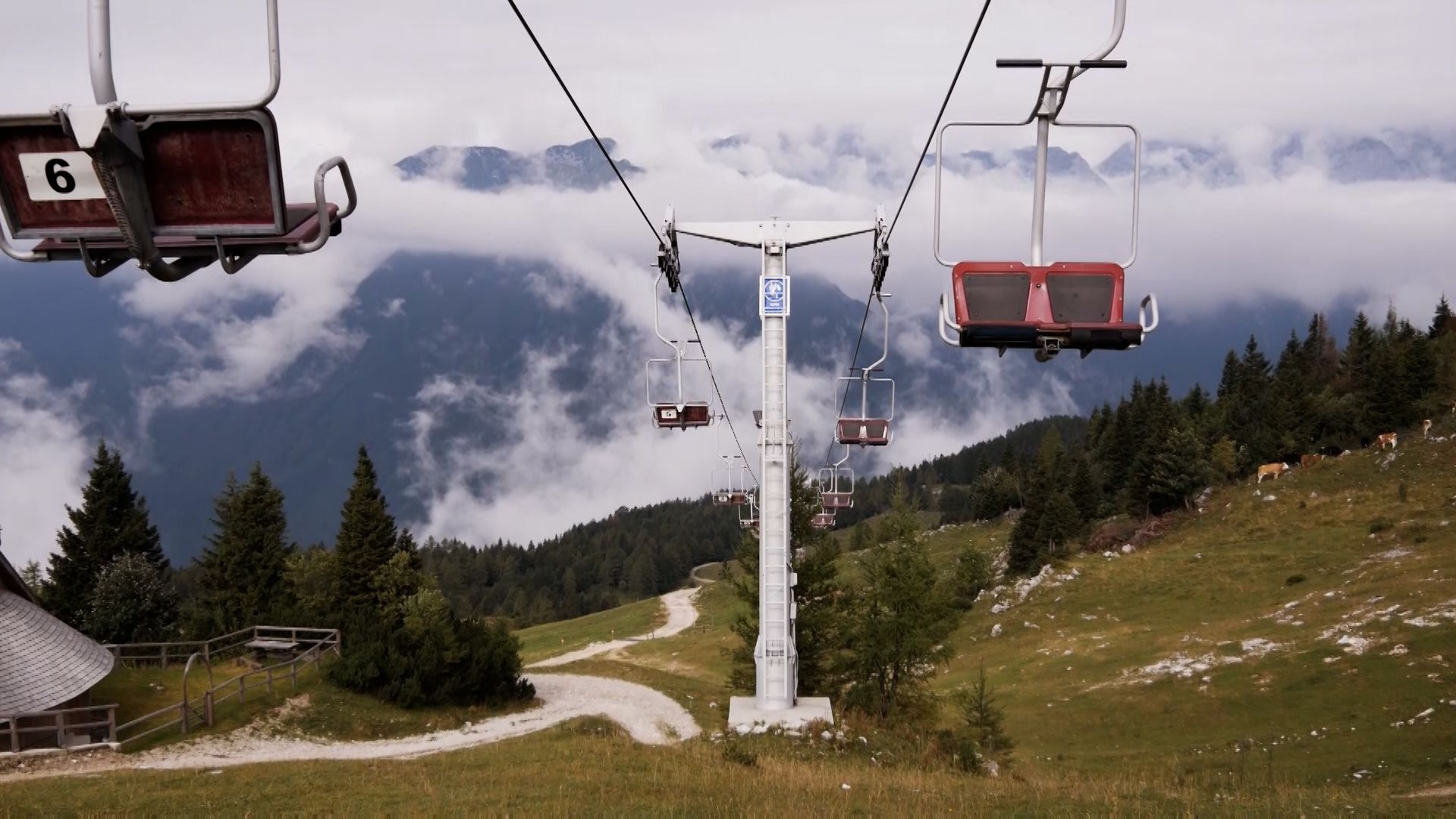
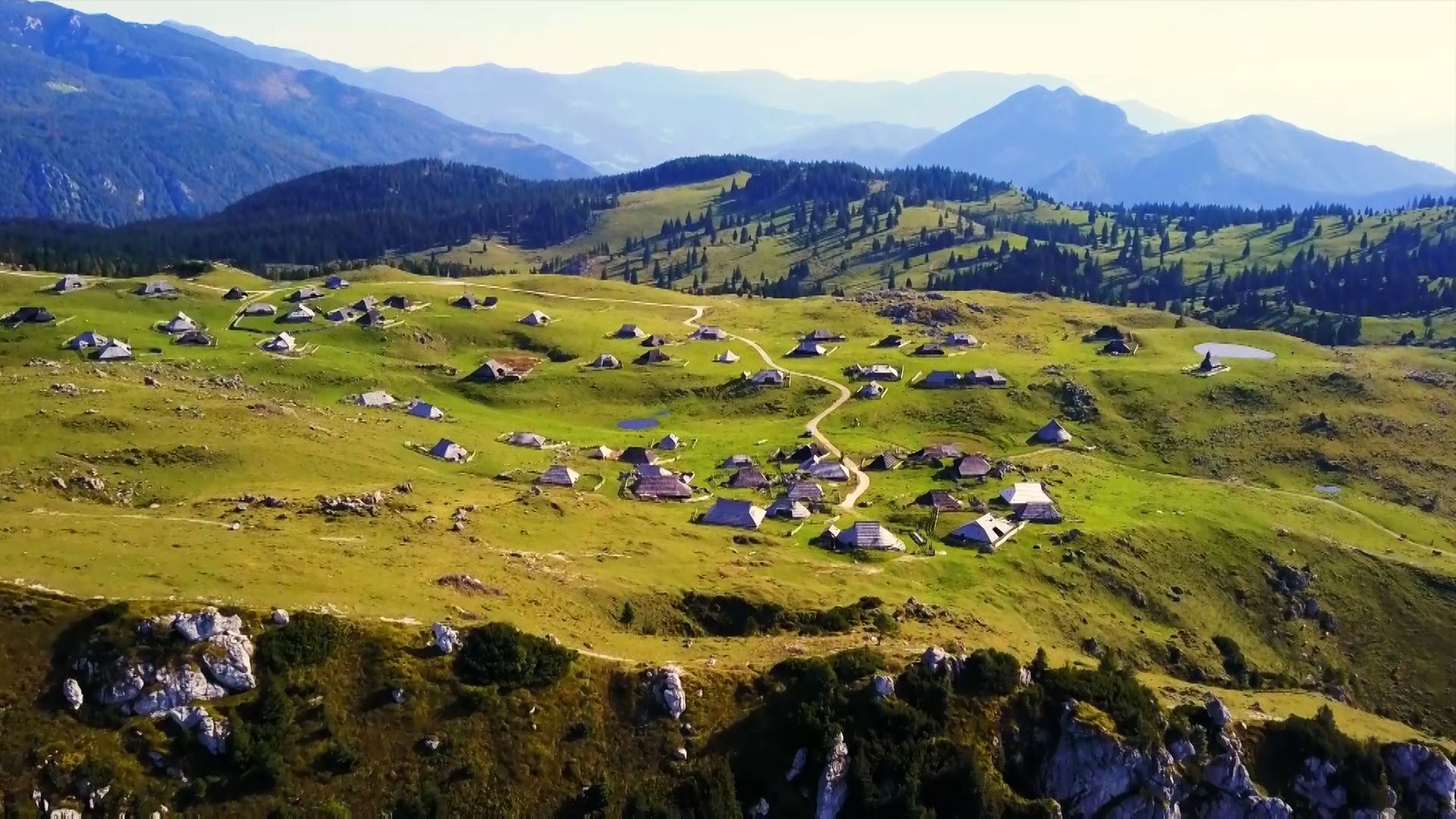
The veteran cheese-maker was taught how to produce it in her youth by an old woman "who was the only one who knew how to do it, and how to cut out these wooden cheese stamps."
At one time it looked like the settlement, and the cheese that comes with it, could have been wiped out completely, after all the huts were destroyed by German soldiers in World War II.
But as Mali explains, the woman who taught her was not put off and carried on making the cheese in the valley. And then, when the war finished, the entire settlement was rebuilt, pretty much as it had been before.
And in doing so, a romantic tradition was saved...
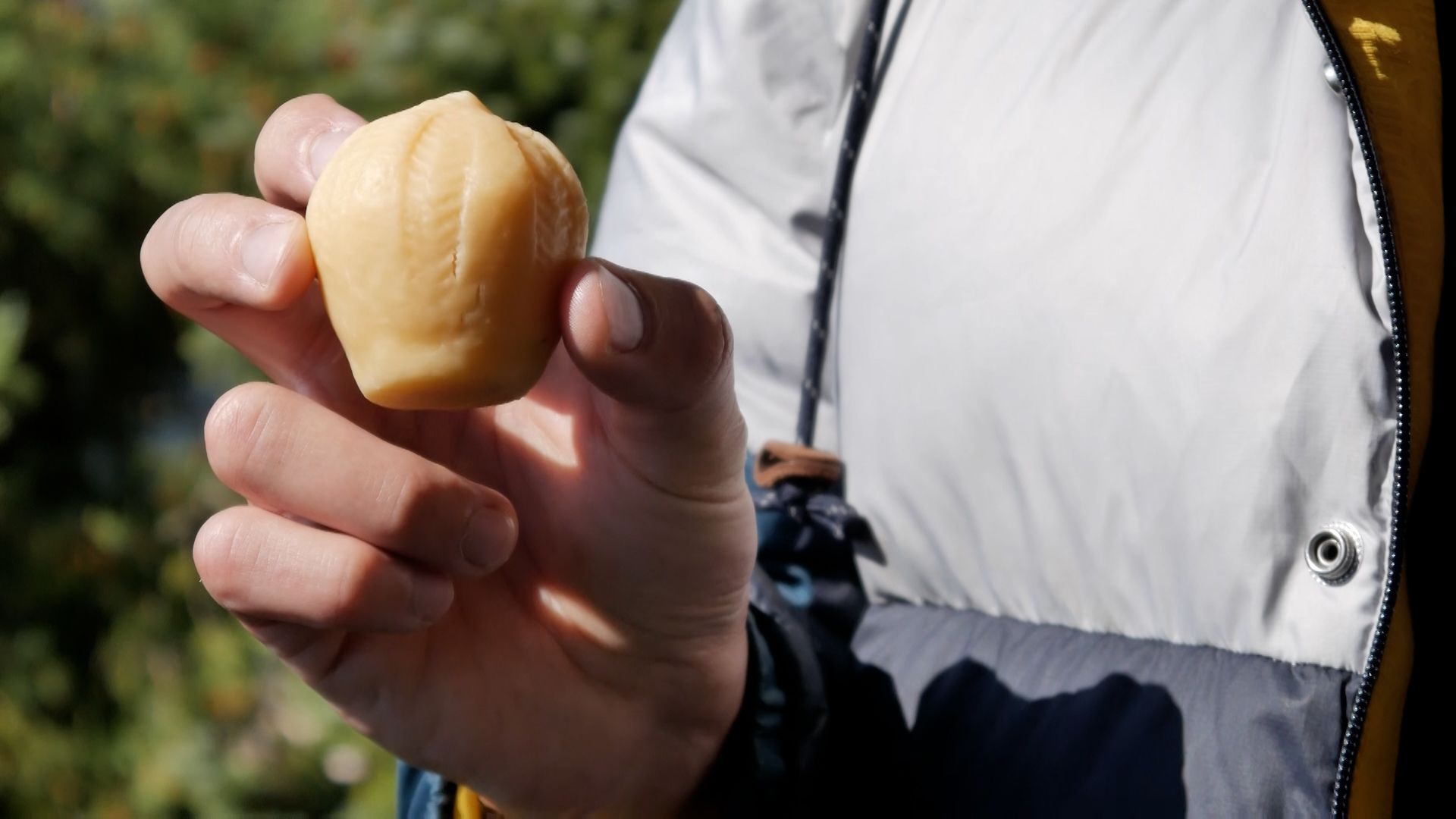
The story goes that in days gone by, the lonely cow herders, who had headed to the higher ground with their livestock for the summer months, longed for their loved ones in the valley.
As a souvenir in the fall they made the pear-shaped cheese which, according to Potocnik, was said to be similar in shape to women's breasts. In the still-soft cheeses they pressed shapes and patterns using self-carved wooden pens, so-called pisavas, about 20 centimeters long.
At the end of the summer, when they moved back down from the mountain pastures, the herdsmen gave two Trnič cheeses to their adored. If the cheese was accepted, it was a sign that they, too, had feelings for the shepherd and engagement and happy-ever-afters often followed.
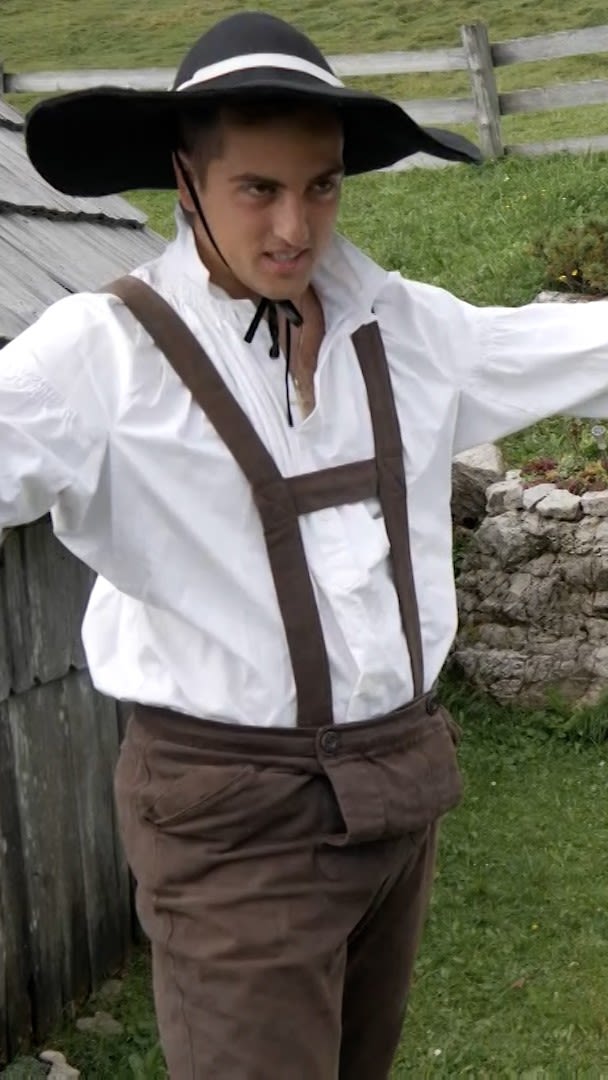
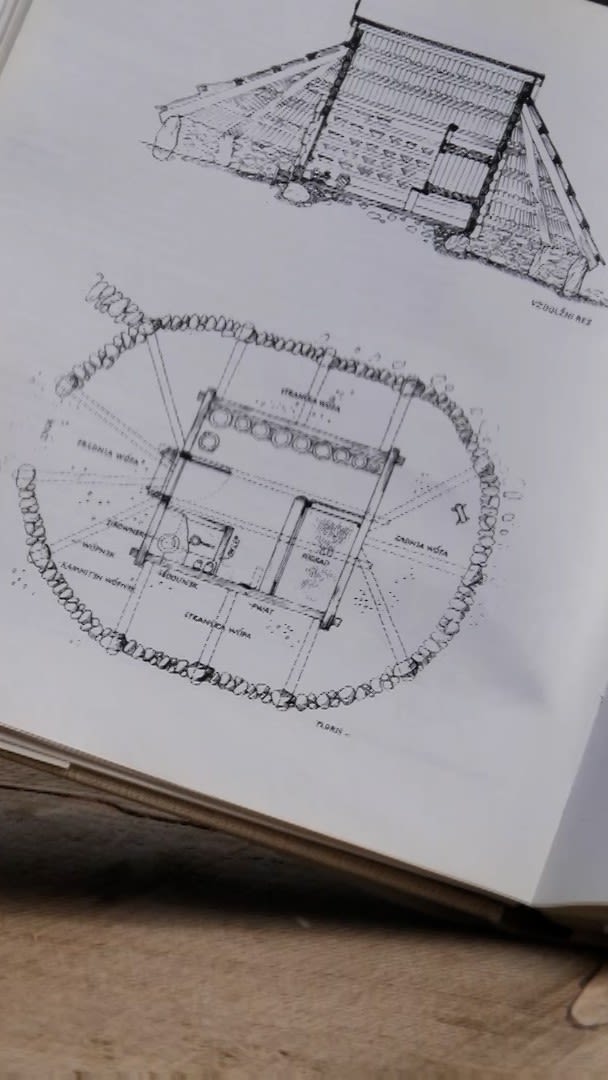
One of the younger generation, Zan Potocnik, grew up next to Velika Planina, and now spends his summers on the mountain plateau explaining to tourists this rare tradition.
He is also looking to find a way to make the settlement and its traditions sustainable in the future by helping to unlock its tourist potential.
Velika Planina plateau is one of the largest such settlements in Europe with 140 huts, which share a unique architectural style.
The distinctive huts are covered with roofs made of traditional spruce shingles that reach almost down to the ground.
There's a good reason for that design – it allows the cows to be brought in at night to sleep in the outer part of the hut, while the farmer sleeps in the center.
The plateau really comes alive in June, with the arrival of the cows and their keepers, who occupy the huts until September as they tend to their grazing herds.
But the worry is that the number has fallen, from around 40 to about 17 now, with many of them aged in their 70s or 80s, says Potocnik.
There are some younger farmers as well, but in the future he hopes to turn some of these old huts into guest accommodation.
The glitzy adverts showing the healthy hiking and activity holidays on offer have already been produced.
The hope is that by combining the traditional way of life with tourism, this is one Alpine settlement that will produce many more cheesy love stories.
One of the younger generation, Zan Potocnik, grew up next to Velika Planina, and now spends his summers on the mountain plateau explaining to tourists this rare tradition.
He is also looking to find a way to make the settlement and its traditions sustainable in the future by helping to unlock its tourist potential.
Velika Planina plateau is one of the largest such settlements in Europe with 140 huts, which share a unique architectural style.
The distinctive huts are covered with roofs made of traditional spruce shingles that reach almost down to the ground.
There's a good reason for that design – it allows the cows to be brought in at night to sleep in the outer part of the hut, while the farmer sleeps in the center.
The plateau really comes alive in June, with the arrival of the cows and their keepers, who occupy the huts until September as they tend to their grazing herds.
But the worry is that the number has fallen, from around 40 to about 17 now, with many of them aged in their 70s or 80s, says Potocnik.
There are some younger farmers as well, but in the future he hopes to turn some of these old huts into guest accommodation.
The glitzy adverts showing the healthy hiking and activity holidays on offer have already been produced.
The hope is that by combining the traditional way of life with tourism, this is one Alpine settlement that will produce many more cheesy love stories.
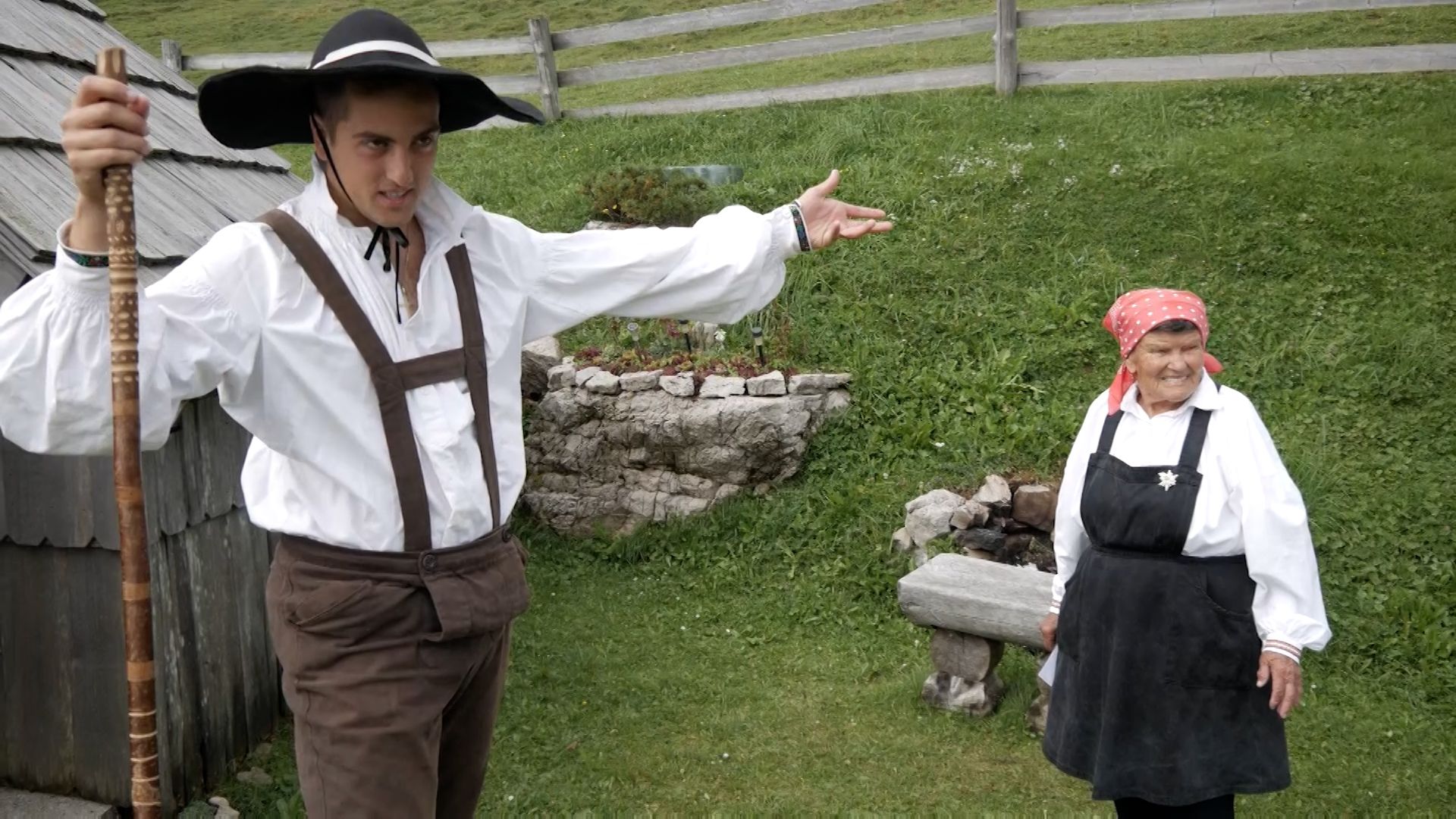
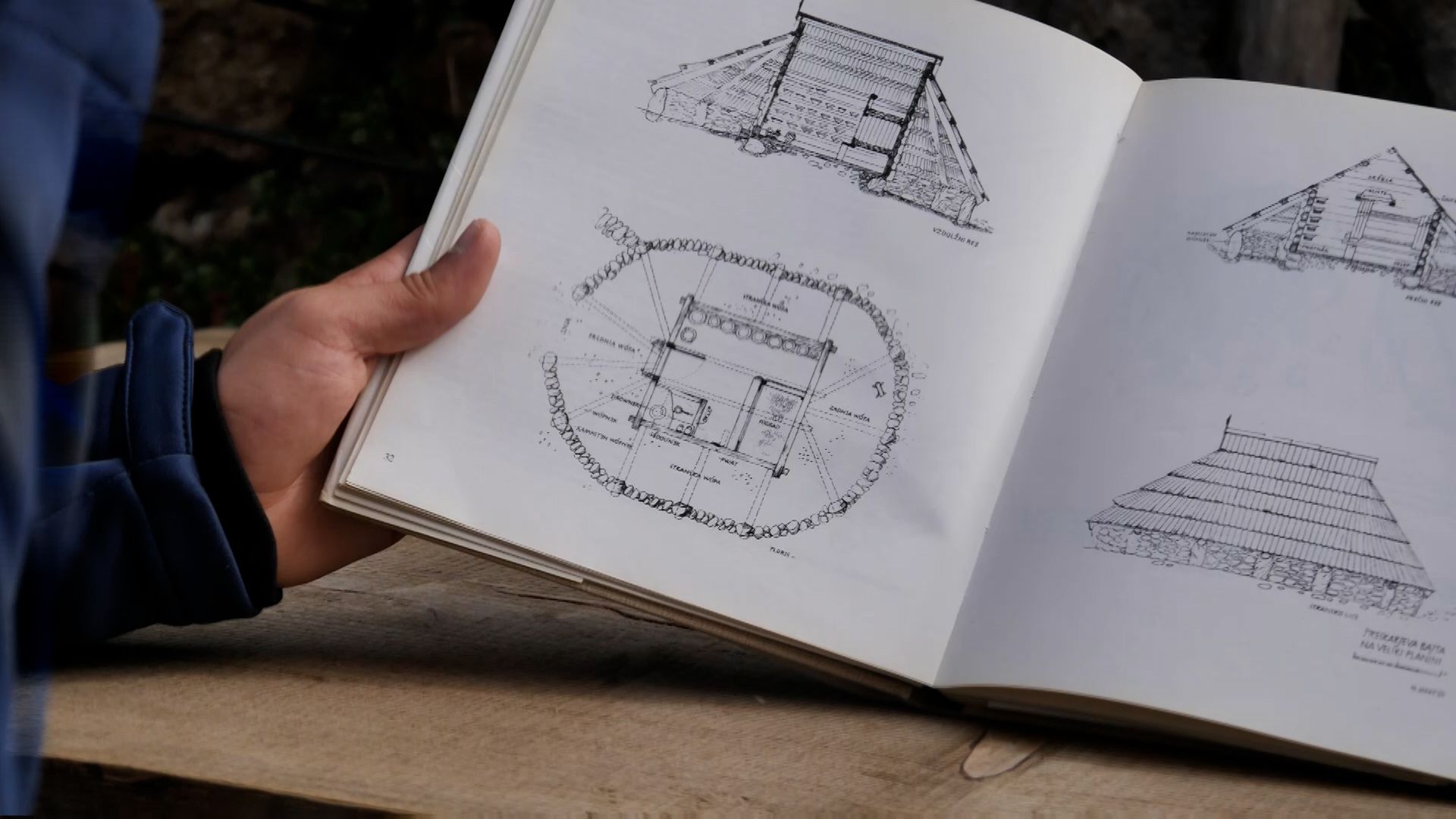
Credits:
Interviews: Johannes Pleschberger. Video producer: Alex Hunt. Video editor: Pedro Duarte. How to make Trnič cheese graphic: Ben Wildi. Quiz and header graphic: James Sandifer.

CGTN EUROPE 2020
